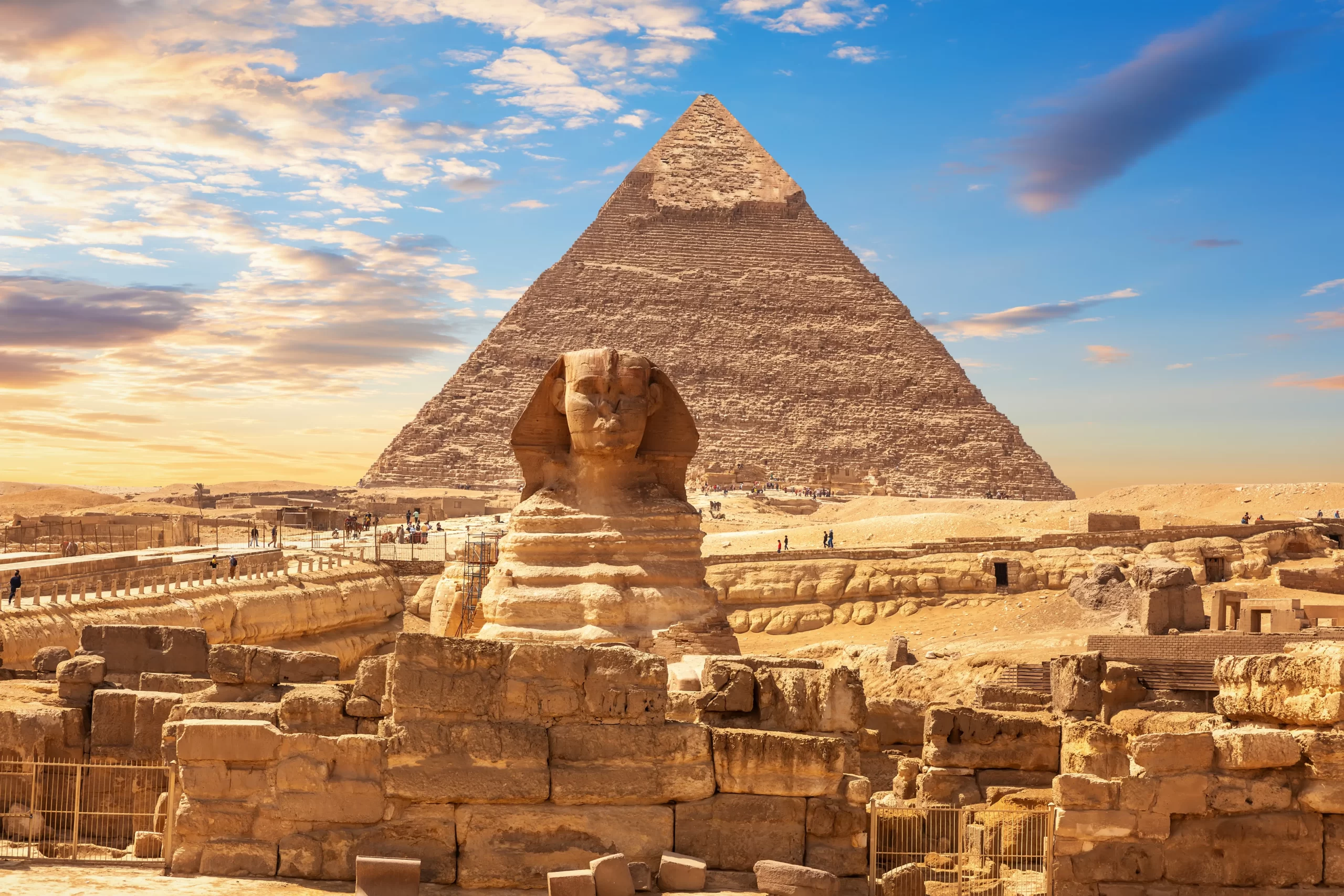Unveiling the Mysteries: One Fascinating Pyramid Fact

Pyramids have long captivated our imaginations and fueled our curiosity. These ancient structures, scattered across different parts of the world, continue to be a source of wonder and awe. Built by ancient civilizations, pyramids stand as timeless monuments to human ingenuity and architectural prowess. In this article, we will uncover one intriguing fact about pyramids that sheds light on their remarkable construction, historical significance, and the enduring mysteries that surround them.
The Fact: Pyramid Alignment with Cardinal Points
One fascinating fact about pyramids is their precise alignment with the cardinal points: north, south, east, and west. The ancient builders of these monumental structures demonstrated a remarkable understanding of astronomy and geometry. By aligning the sides of the pyramids with the cardinal directions, they not only created visually striking monuments but also achieved a remarkable feat of engineering and celestial observation.
The Alignment and Astronomical Significance
The alignment of pyramids with the cardinal points has been linked to various astronomical and cultural significance. In some cases, the alignment is believed to correspond to celestial events or markers of the solstices and equinoxes. For example, the Great Pyramid of Giza in Egypt aligns almost perfectly with the cardinal points, and its corners align with the four directions with only a minuscule margin of error. This alignment is thought to have been intentional, possibly related to astronomical observations or the spiritual beliefs of the ancient Egyptians.
The Precision of Construction
The precise alignment of pyramids with the cardinal points required meticulous planning and precise construction techniques. Ancient builders relied on careful measurements, astronomical observations, and mathematical calculations to achieve this level of accuracy. Considering the massive size of the pyramids and the limited tools available to ancient civilizations, the precision of their alignment is a testament to the ingenuity and advanced knowledge possessed by these early architects.
Symbolic and Cultural Significance
The alignment of pyramids with the cardinal points is believed to hold symbolic and cultural significance for the ancient civilizations that constructed them. The cardinal points have long been associated with various concepts such as the four elements (earth, air, fire, and water) or the cardinal virtues (prudence, justice, temperance, and courage). The alignment may have represented a connection between the earthly realm and the celestial spheres, symbolizing the harmony between the physical and the spiritual.
Enduring Mysteries
While we have uncovered the fact of pyramid alignment with cardinal points, many mysteries surrounding pyramids remain unsolved. The reasons behind their construction, the methods used to transport massive stones, and the precise techniques employed to achieve such intricate alignments continue to baffle researchers and spark debate. Each pyramid holds its own secrets, inviting exploration and discovery.
The precise alignment of pyramids with the cardinal points stands as a testament to the remarkable achievements of ancient civilizations. By aligning these monumental structures with the cardinal directions, the builders showcased their advanced knowledge of astronomy, geometry, and engineering. The fact of pyramid alignment invites us to marvel at the skill and ingenuity of our ancestors, while also igniting our curiosity about the mysteries that still surround these awe-inspiring structures. As we continue to unravel the secrets of pyramids, their alignment remains an enduring reminder of the timeless connection between humanity, the cosmos, and our collective pursuit of knowledge.













